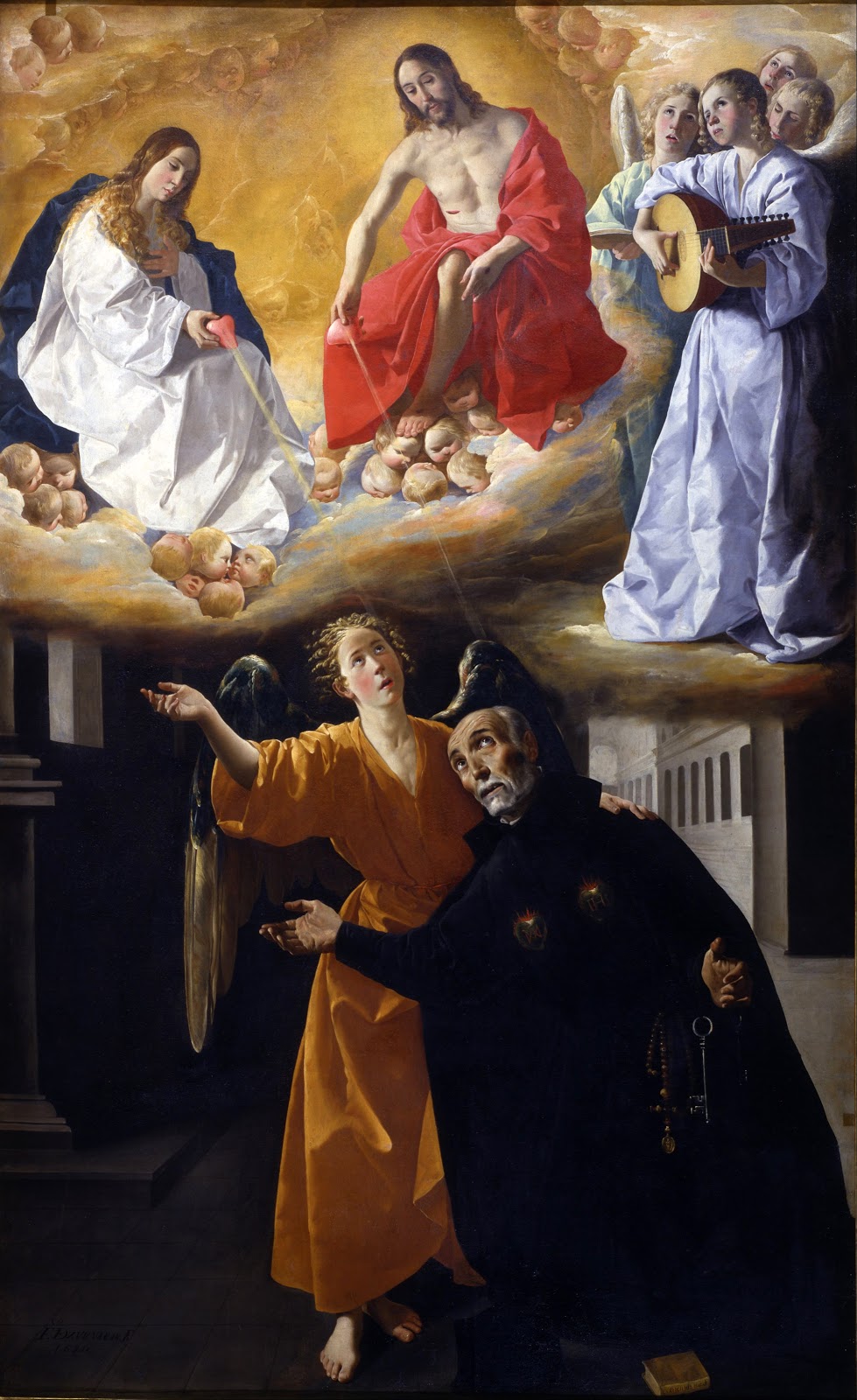
Francisco De Zurbarán Baroque Era painter Tutt'Art Pittura • Scultura • Poesia • Musica
Perspectives. Elizabeth Siddal in Her Eyes. Elizabeth Siddal is remembered as the face of the Pre-Raphaelite movement, but her own work offers a master class on the craft of feeling. Discover art by Van Gogh, Picasso, Warhol & more in the Art Institute's collection spanning 5,000 years of creativity.

162 best images about FRANCISCO DE ZURBARAN on Pinterest Oil on canvas, Baroque and Spanish
Still Life with Lemons, Oranges and a Rose is an oil-on-canvas painting by Baroque Spanish artist Francisco de Zurbarán completed in 1633. It is currently displayed at the Norton Simon Museum in Pasadena, California as part of its permanent collection. It is the only still life signed and dated by him and is considered a masterwork of the genre.
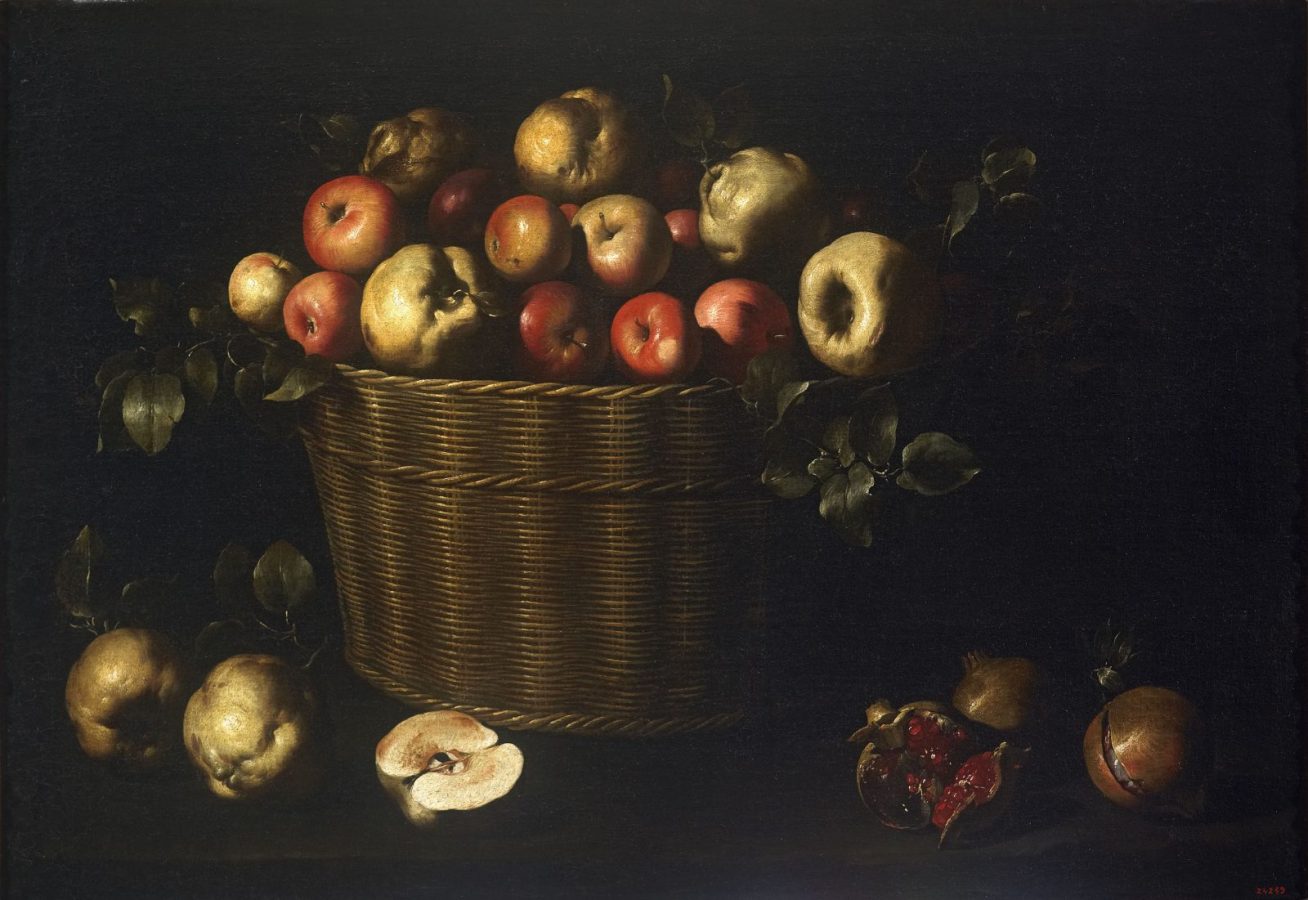
Fruits, Flowers and Death Still Lifes in Art History DailyArt Magazine
Juan de Zurbarán (1620-1649), was a Spanish Baroque painter. Juan de Zurbarán was born in Llerena, Badajoz, the son of Francisco de Zurbarán (1598-1664), and joined in the workshop that his father owned in Seville, with which it is likely they collaborated on different paintings, including Still Life with Pots.
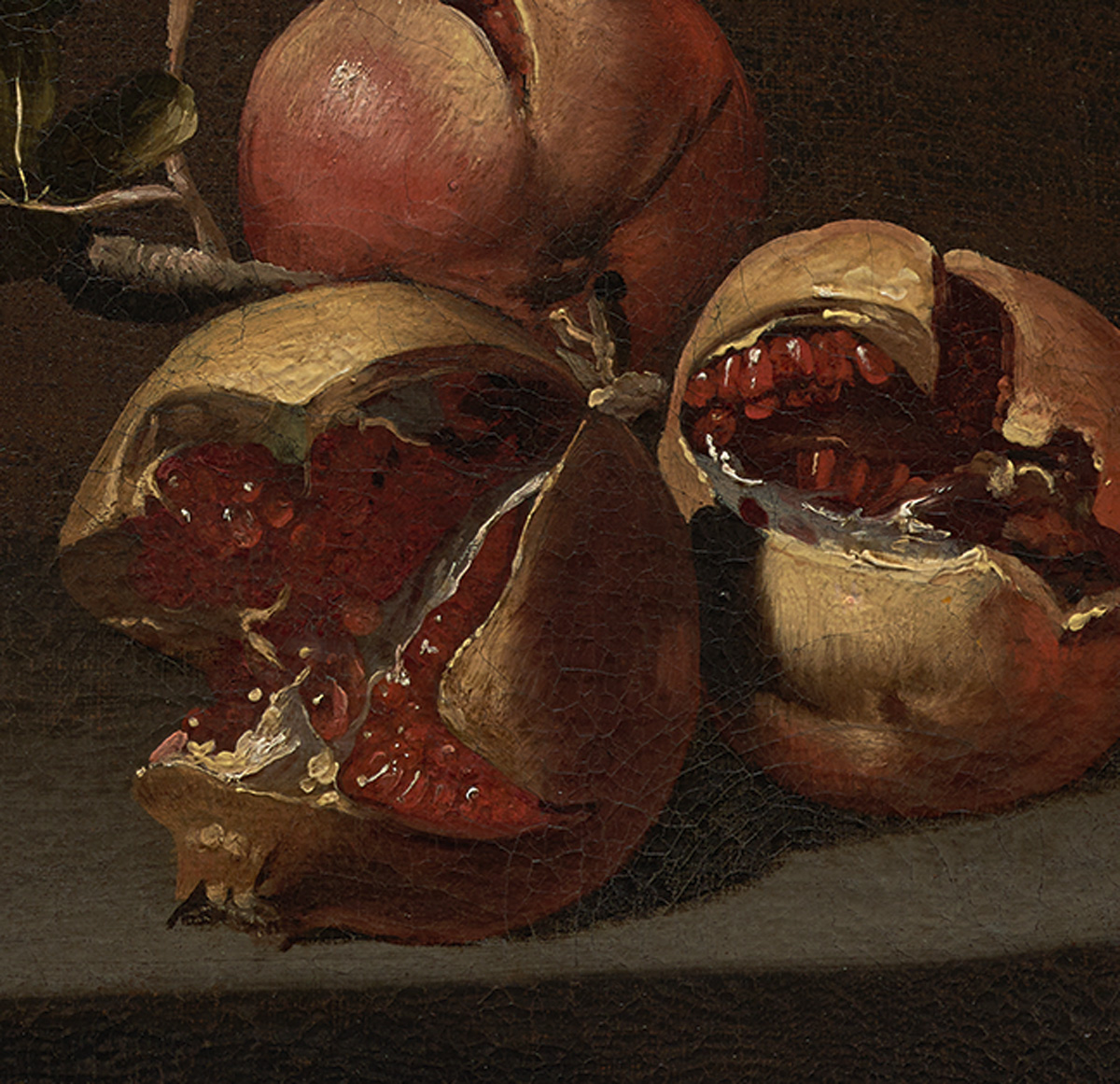
ZURBARAN UNA NUEVA MIRADA Fundación Maria Cristina Masaveu Peterson
Juan de Zurbarán 1620 - 1649 Born in Llerena, 80 miles north of Seville, Juan was the son of the painter Francisco de Zurbarán, with whom he trained. Around 1629, when Juan was about nine years old, the family moved to Seville, where his father dominated the artistic scene until the mid-17th century.

IMG_0073H Juan de Zurbaran 16201649 Séville Nature morte au bol de chocolat Still life with
Juan de Zurbarán, Still Life with Lemons in a Wicker Basket, about 1643-9. Read about this painting, learn the key facts and zoom in to discover more.
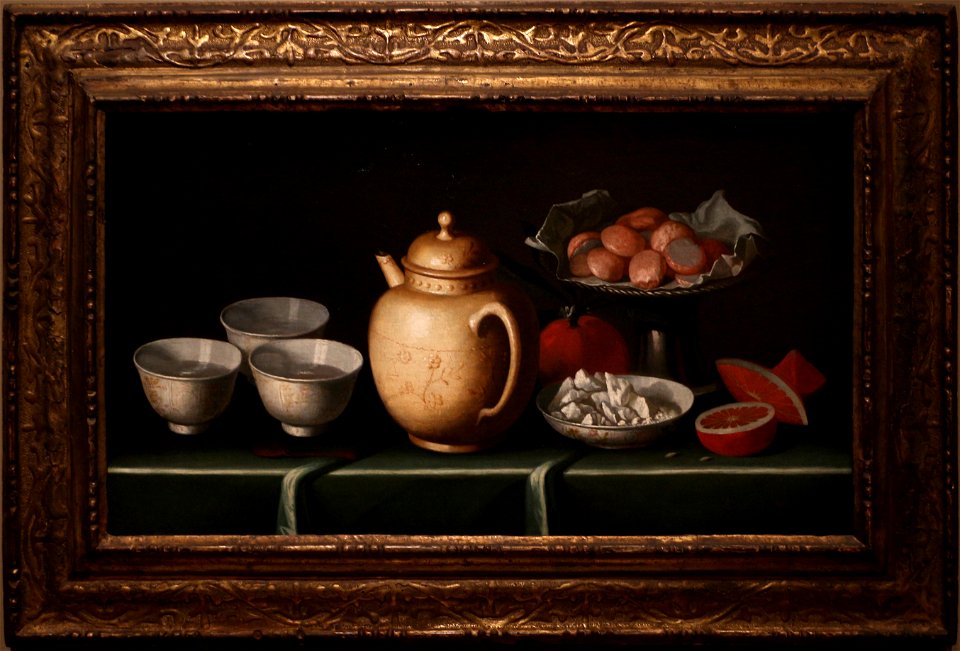
Juan de zurbarán, natura morta con frutta e contenitori in ceramica (bodegon), 164045 ca Free
Juan de Zurbarán Zurbarán, Juan de, Llerena (Badajoz), VII.1620 - Sevilla, VI.1649. Pintor. Fue hijo del pintor Francisco de Zurbarán, y a lo largo de su corta carrera logró convertirse en uno de los especialistas más importantes en pintura de naturaleza muerta en Sevilla, gracias a la calidad de sus obras y a su originalidad.

Juan de Zurbarán Still Life with Lemons in a Wicker Basket VocalEyes
Juan de Zurbarán's 1640 Still Life with Chocolate Service prominently features the molinillo as part of an elegant arrangement marked by Chinese porcelain cups and a tecomate. Spanish still lifes regularly isolate these objects to emphasize their status as treasures acquired by the wealthiest individuals profiting from trade with the Americas.

Prado, Kiev, Still Life, Museum, Paintings, Art, Still Life Art, Religious Pictures, Simple
Juan de Zurbarán, the son of Francisco, was one of the most original and gifted Spanish still-life painters of the seventeenth century. This work is based on a similar still life by the artist, dated 1643. It reveals Zurbarán's ability to recreate textures, his masterly use of effects of chiaroscuro and his interest in complex compositions..
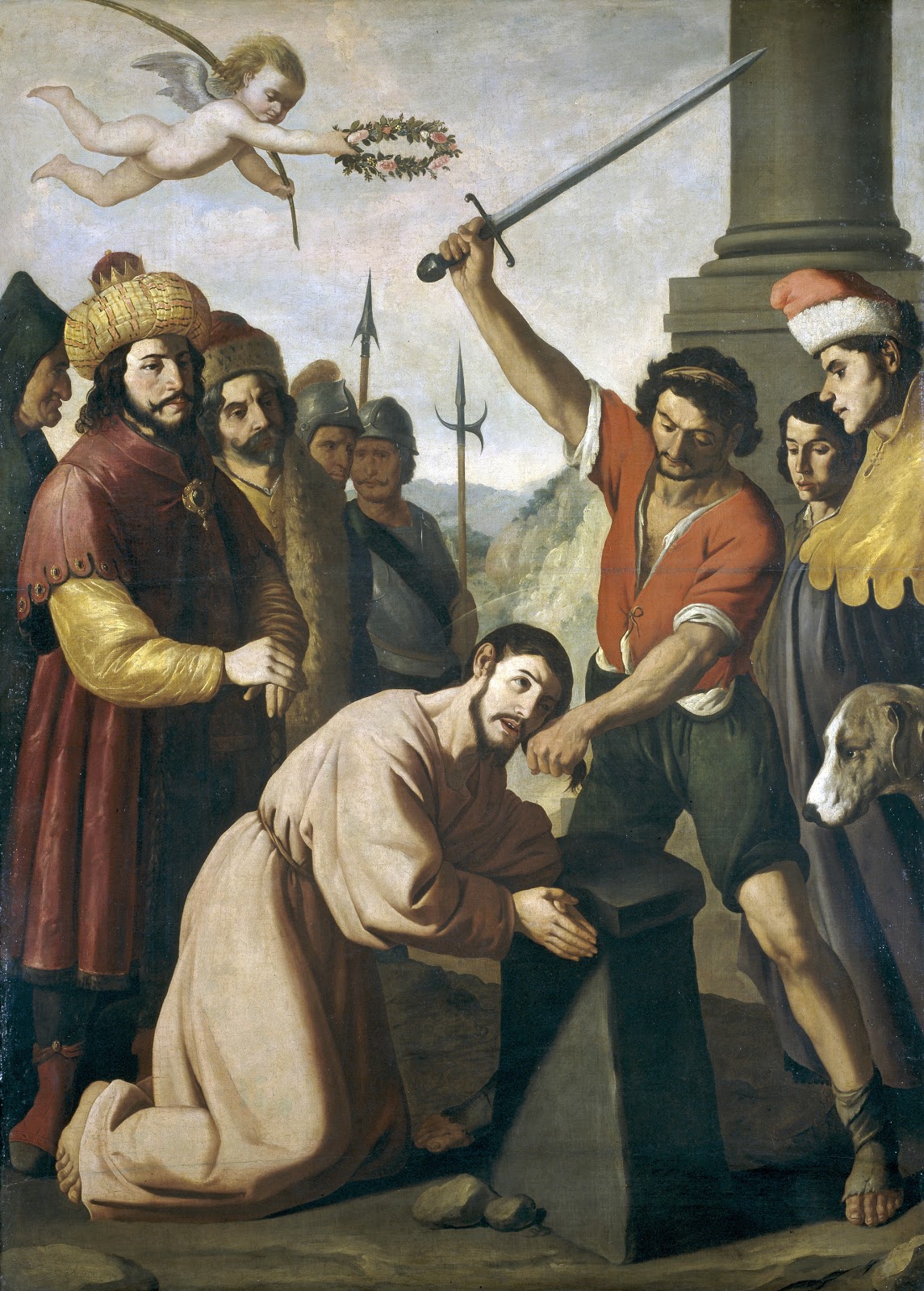
Francisco De Zurbarán Vita e pittura Tutt'Art Masterpieces
Francisco de Zurbarán ( / ˌzʊərbəˈrɑːn / ZOOR-bə-RAHN, Spanish: [fɾanˈθisko ðe θuɾβaˈɾan]; baptized 7 November 1598 - 27 August 1664 [3]) was a Spanish painter. He is known primarily for his religious paintings depicting monks, nuns, and martyrs, and for his still-lifes.

Bodegón con granadas y uvas, hacia 1643, Juan de Zurbarán, Museo del Prado Museo nacional del
Francisco de Zurbarán. Saint Romanus of Antioch and Saint Barulas, 1638. Francisco de Zurbarán. Crucifixion, 1646. María Josefa Sánchez. Saint Christopher Meets Satan; Saint Christopher before the King of Lycia, 1480/85. Martin de Soria. Saint Christopher Taking Leave of the King Who Feared Satan; Saint Christopher and His Converts, 1480/85.
.jpg)
Juan de Zurbarán (Llerena 16201649 Seville) , Apples in a wicker basket, an opened pomegranate
Long overshadowed by his more famous father, Francisco, Juan de Zurbarán is one of the greatest still life painters of 17th-century Spain and one of his works has just gone on display at London's National Gallery following a private sale negotiated by Sotheby's.. The artist's works are extremely rare: barely a dozen paintings survive, all of them still lifes.
Reproductions D'art De Musée Nature morte avec fruits et Chardonneret de Juan De Zurbaran
Juan de Zurbaran [Spanish Baroque Era Painter, 1620-1649] Guide to pictures of works by Juan de Zurbaran in art museum sites and image archives worldwide.

Juan de Zurbaran, c.1645 Plum, Food, Art, Art Background, Essen, Kunst, Meals, Performing Arts
The personality and importance of Juan de Zurbarán as a still life painter, whose style was quite distinct from that of his father have been undercovered in recent years, largely as a result of the seminal exhibitions curated by Dr. William B. Jordan at the Kimbell Art Museum, Fort Worth, in 1985, and most recently by Dr. Jordan and Peter Cherry at the National Gallery, London, in 1995.
Juan De Zurbarán (16201649) 'Stilllife with Fruit and Pottery Cincinatti Art Museum
Juan de Zurbarán Spanish, 1620-1649 Long assumed to be by Francisco de Zurbarán, the leading painter in Seville, Spain, this work is now considered to be by his son, Juan de Zurbarán, who specialized in exquisitely painted still lifes during his short career.

Francisco De Zurbarán Vita e pittura Tutt'Art Masterpieces
Zurbarán Fuente de Cantos, 1598-Madrid, 1664 Zurbarán was born in Fuente de Cantos, a village in Extremadura, in 1598. He trained in the workshop of Pedro Díaz Villanueva in Seville. On completing his apprenticeship, in 1617 he established himself in Llerena, where he lived for more than ten years.

October 2012 Still life painting, Still life fruit, Painting still life
Juan de Zurbarán, was a Spanish Baroque painter. Juan de Zurbarán was born in Llerena, Badajoz, the son of Francisco de Zurbarán (1598-1664), and joined in the workshop that his father owned in Seville, with which it is likely they collaborated on different paintings, including the Still Life with Jug and Cups..